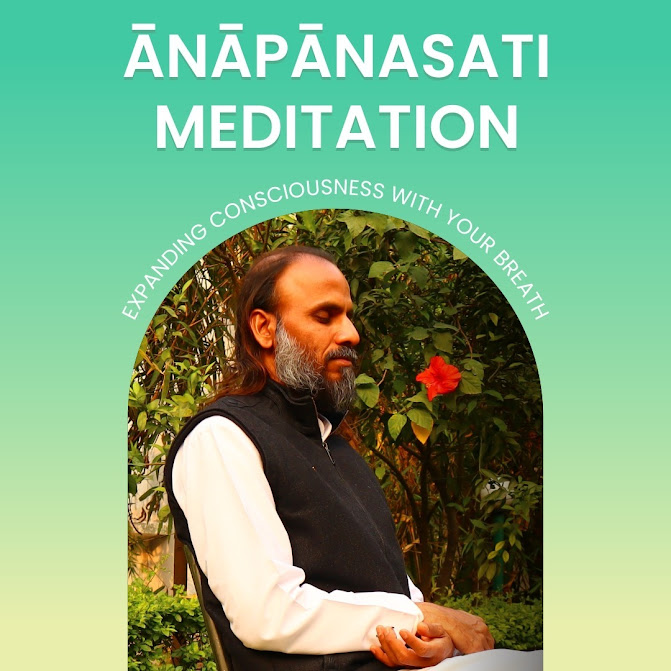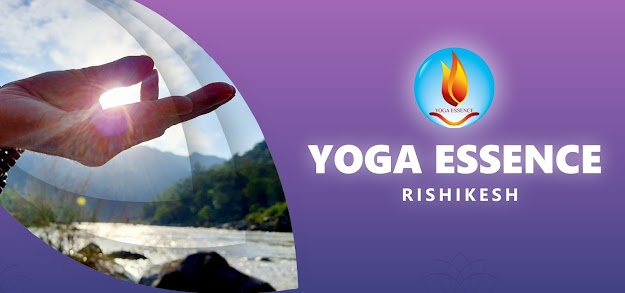MEDITATION FOR BEGINNERS | Online Meditation Training Courses
In this article, you will find step by step information on meditation which would help beginners to start their meditation journey.
Points covered in
this article:
· Are you interested to learn meditation?
· What is the necessity of meditation in our daily life?
· What does meditation mean for a beginner?
· What is Meditation?
· Components of Meditation Practice
· 7 Mindfulness Meditation for Beginners
Are you interested to learn
meditation?
If yes, then
this is a perfect place to start your meditation journey with us. We are glad
to support in your meditation journey, learn meditation from the starting
point, and find right balance and peace in your life through meditation. In
this article, we will give you the basic idea of what meditation is, need of
meditation in daily life, 7 easy step by step meditation techniques for
beginners.
What is the necessity of meditation
in our daily life?
Meditation
is an activity of silencing our mind and to remove unnecessary thoughts which disrupts
our peace. As we need physical exercises to keep our body healthy, similarly
our mind & emotions need meditation to be healthy, peaceful and focused.
Meditation is a very powerful tool to integrate our body, mind & heart.
Meaning of
Meditation for Beginners:
Meditation
means sitting silently with closed eyes, watching incoming & outgoing
breath, this is the meaning of meditation for beginners.
After few
minutes of sitting in meditation, our body and mind struggles to stay calm,
quiet, in few minutes our body develops high state of restlessness and
surfacing of negative thoughts.
Due to this,
one develops a wrong conception that he/she cannot do meditation; meditation is
not their cup of tea. To avoid these misconceptions, one can learn meditation
by understanding the following topics.
What is Meditation?
Meditation is considered
as a state of deep relaxation & a state of deep restfulness:
Meditation
refers to a deep relaxed, restful, and aware state where we experience a deep
presence of ourselves and surroundings.
Meditation is
considered as A State of Pure Silence & Stillness:
Meditation
can be often termed as a state of no thoughts, no-mind or a state of complete
silence with no thoughts.
COMPONENTS OF MEDITATION PRACTICE
There are two
major components of meditation practice.
i) “Structural Aspect”
This is the
Body of the meditation practice, contains different forms of yogic activities
at the physical level.
ii) “Psychological Aspect”
This is the
Spirit of the meditation. This aspect becomes Mindfulness component of the
yogic activities that are being done in meditation as it is related to the mind.
7 Mindfulness Practices for
Beginners:
The below
mindfulness meditation practices are simple and is suitable for modern
lifestyle and for beginners. The below techniques will help you to learn simple
ways to reduce stress & anxiety.
1) Deep Breathing
Meditation
It is a
deep, relaxed, mindful breathing activity which helps you to reduce stress,
anxiety from your body, mind. This activity heals and rejuvenates the body,
mind.
Instructions:
Anytime
during the day, when you get time, take a deep relaxed breath and then have a
prolong exhalation by slightly opening up the lips. Repeat this mindful
breathing at different timings in a day.
2) STOP! Meditation
Georg
Gurdjieff, a powerful mindfulness master from Russia, developed this meditation
technique. This meditation practice helps one to stay more present, mindful
& less tensed while performing the daily activities.
Instructions:
Whenever you
remember, STOP suddenly. Be still, silent for a moment, remain watchful of your
body & breath. After a min of 30 seconds, continue your work. This sudden
STOP! of your body and being mindful of the body & breath provides greater
balance and peace to your mind. You can apply this meditation practice in any
day-to-day activities.
3) ᾹNᾹPᾹNᾹSATI Meditation
Gautam
Buddha developed this meditation technique for the mindfulness &
meditation. To know more about this meditation technique, please visit our blog
article Anapanasati Yog Meditation
4) Mindful Walking Meditation
This is a
mindfulness practice, it can be easily integrated with your morning or evening
walk.
Instructions:
Start this
meditation practice by walking is a slow pace, gradually bringing the whole
awareness to the lower body and aware of your incoming & outgoing breath.
5) Mantra Meditation
It is an
effective meditation practice to calm the mind. As our mind works without any
break, this continuous repetition of mantra gives a sudden break to the thought
process and helps your find to calm & relax.
Instructions:
To know more
about this meditation technique, please visit our blog article Mantra Meditation
6) Mindfulness Meditation of 5 Senses
One can
practice mindfulness through 5 senses. While performing your daily routine
activities become mindful of your 5 senses.
· Mindful Eating
· Mindful Looking
· Mindful Listening
· Mindful Touching
· Mindful Smelling
7) Sudden Pause of Breath
This sudden
pause of breath helps to controlling high thought process & negative
emotions.
Instructions:
Whenever you
get 2-3 minutes, during the day. Have a sudden pause of breath, stay restful
and become aware, pause your breath as long as you can without suffocating
yourself, this sudden pause will break the flow of thoughts and helps you to
become aware & mindful.
Click here for full article: Meditation for Beginners







Comments
Post a Comment